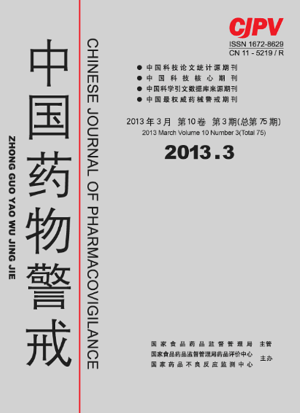|
|
Analysis of the Volatile Oil Constituent of Atractylodes Coreana (Nakai)Kitam by GC-MS
YAO Hui-juan,YAO Hui-min, BU Shu-hong, LU Xiao-tong, ZHANG Jian
2013, 10(3):
148-150.
Objective To analyze the volatile oil constituent of . Methods The volatile oil was extracted by steam distillation, analyzed by capillary GC. The relative content of chemical components was calculated by peak area normalization method, the chemical components were identified by gas chromatography mass spectrometry. Results We found that 58 components were isolated, 55 components were identified, the identified chemical components account for 79.94 % of the total volatile oil, including 1,2-Bis -[4-pyridine -N -oxide]ethane (31.1831%)、[5,6]cholestan -3 -ol,3',6 -dihydro-, (3.beta.,5.beta.,6.alpha.) -Cyclopropa (12.3086 %)、5 α-Spirostan (11.2161%)、1,2,3,5,6,7,8,8a-octahydro-1,8a-dimethyl-7-(1-methylethenyl)-,[1R-(1.alpha.,7.beta.,8a.alpha.)]Naphthalene(7.05606%)、 γ-Elemene(4.24732%)、8(14)-en-3-ol,(3.beta.)-Ergost(2.11089%)、Caryophyllene(1.44473%)、decahydro -4a -methyl -1 -methylene -7 -(1 -methylethenyl) -, [4aR -(4a.alpha.,7.alpha.,8a.beta.)] -Naphthalene (1.43541%)、9,10-dehydro-isolongifolene(1.21445%)、α-Caryophyllene(0.72132%). Conclusion We concluded that the main chemical components of . volatile oil are sesquiterpenoids.
References |
Related Articles |
Metrics
|
